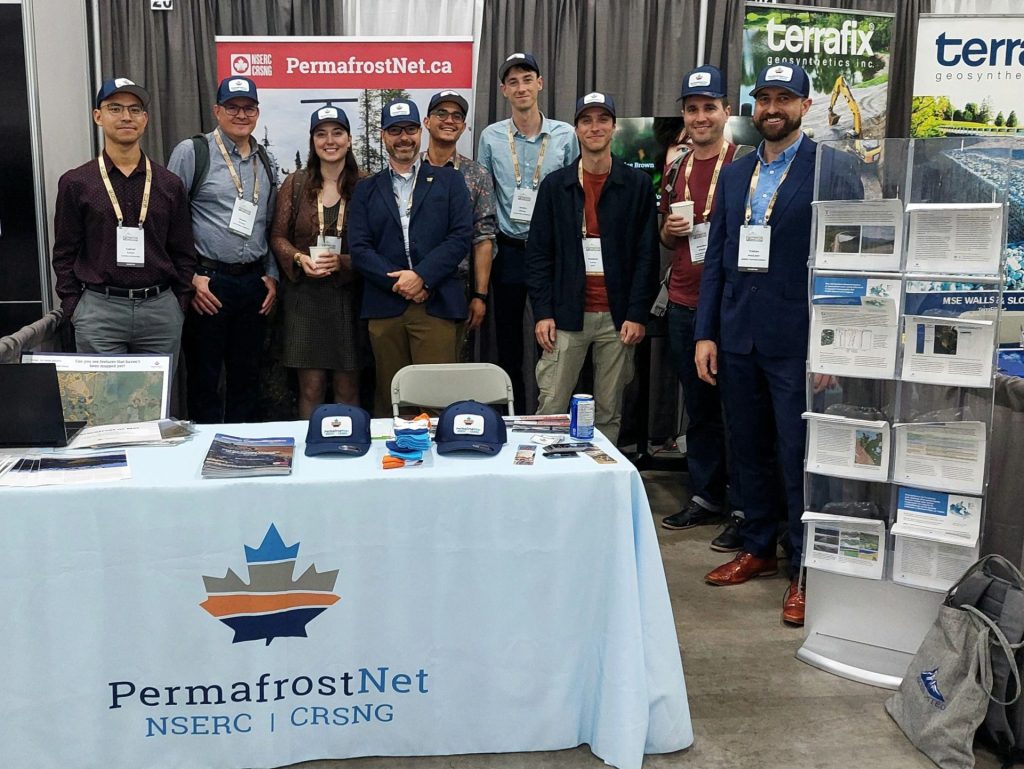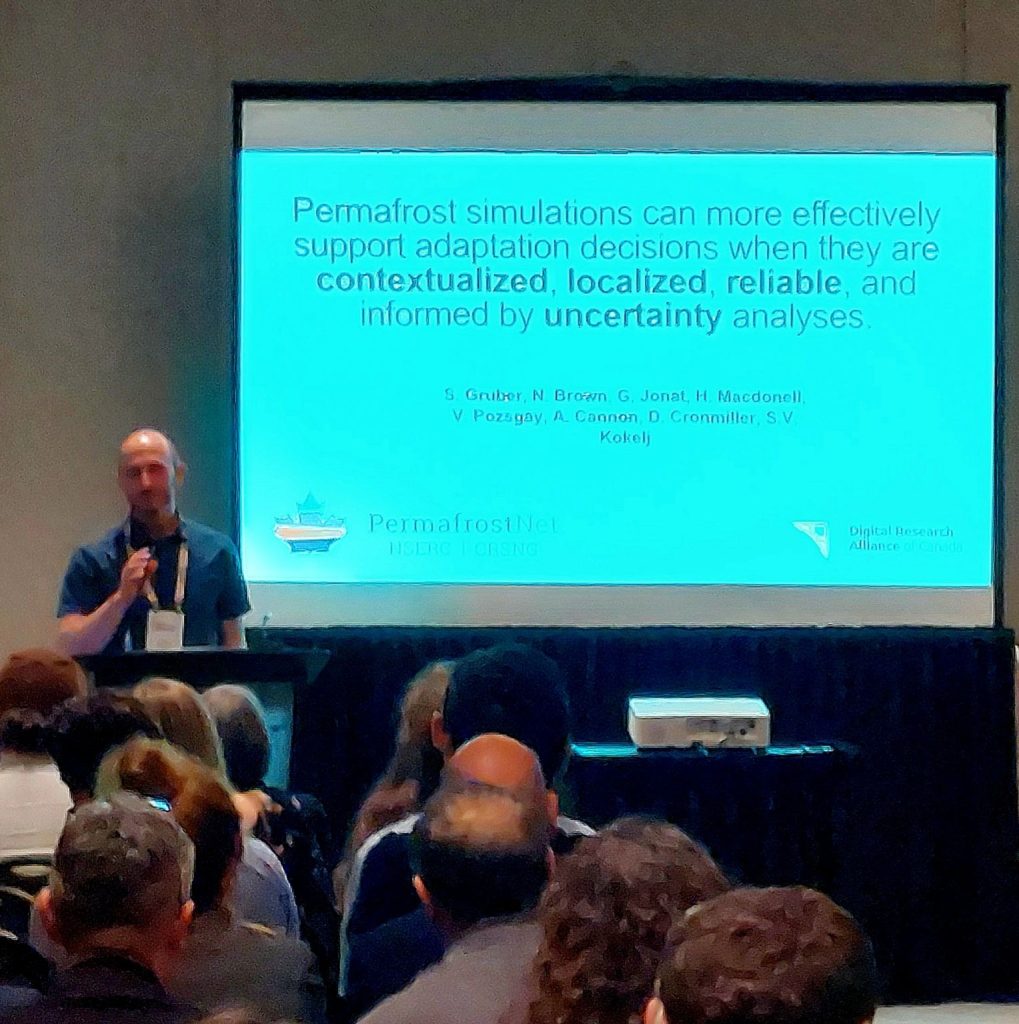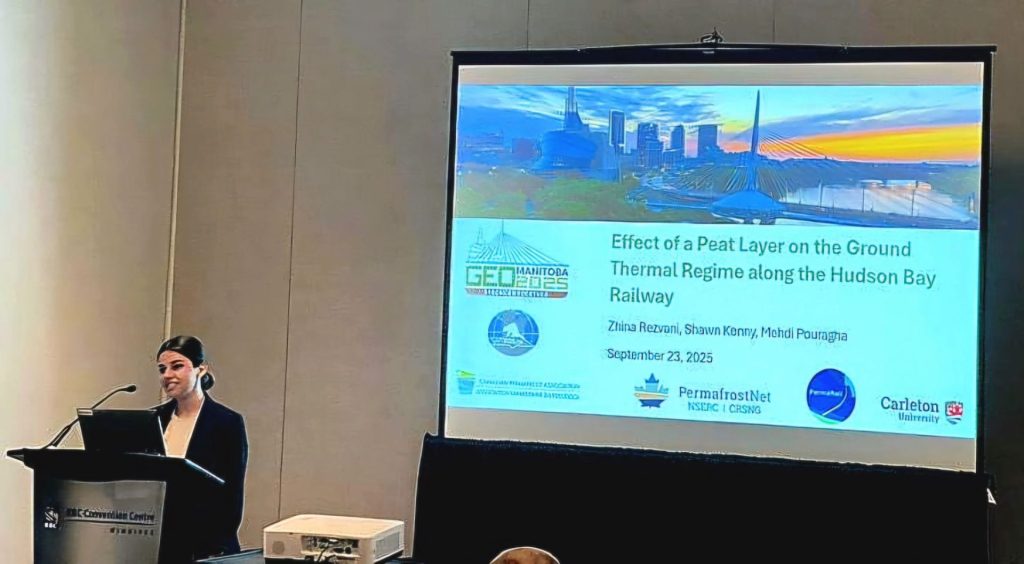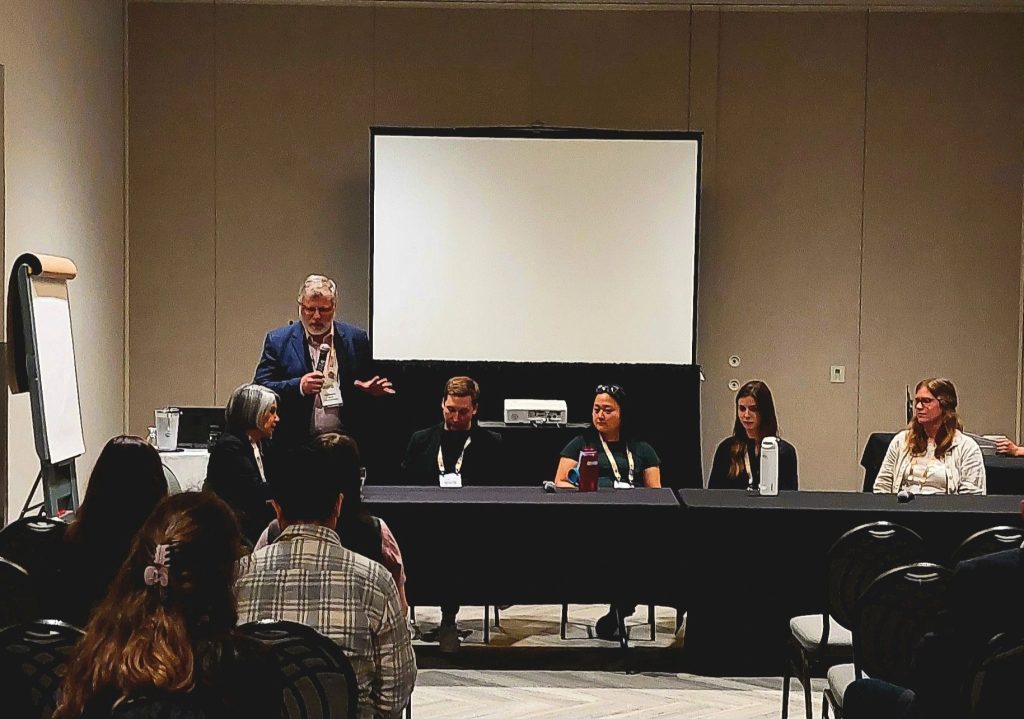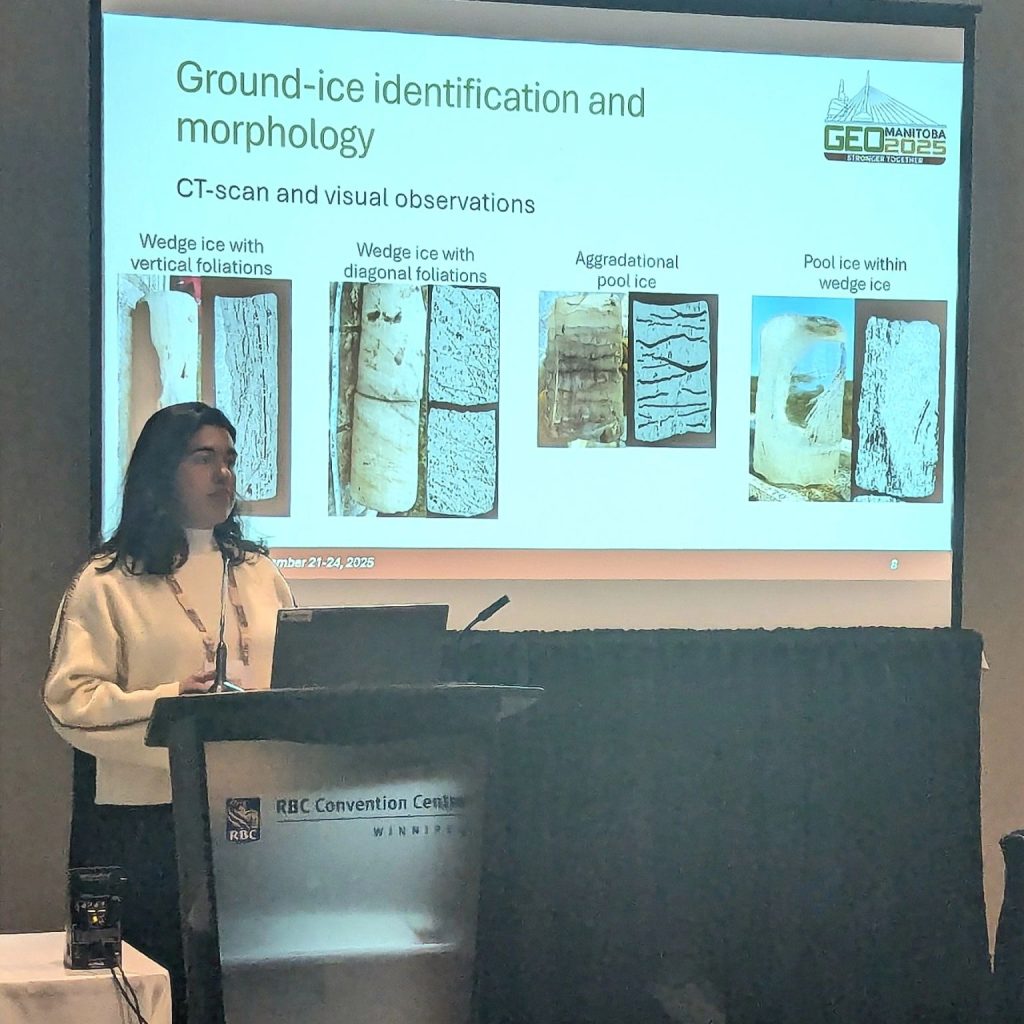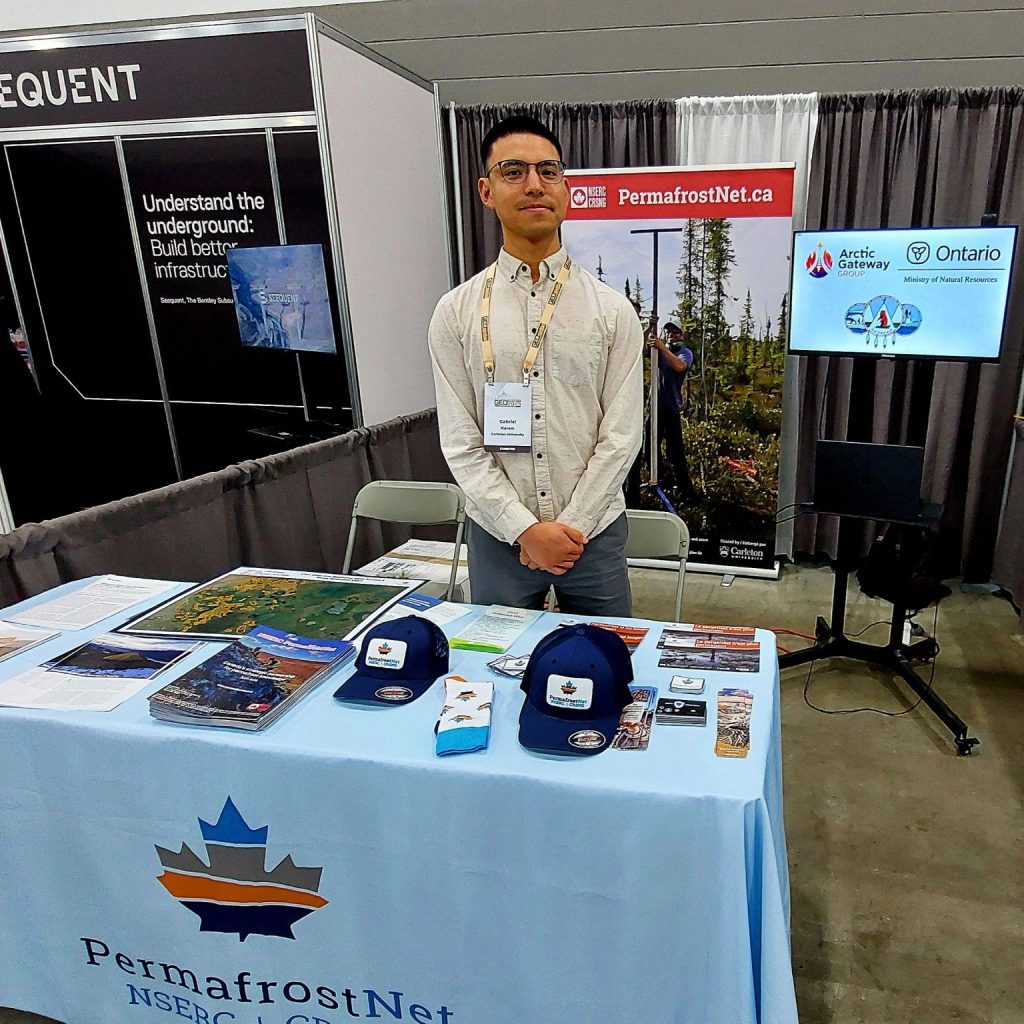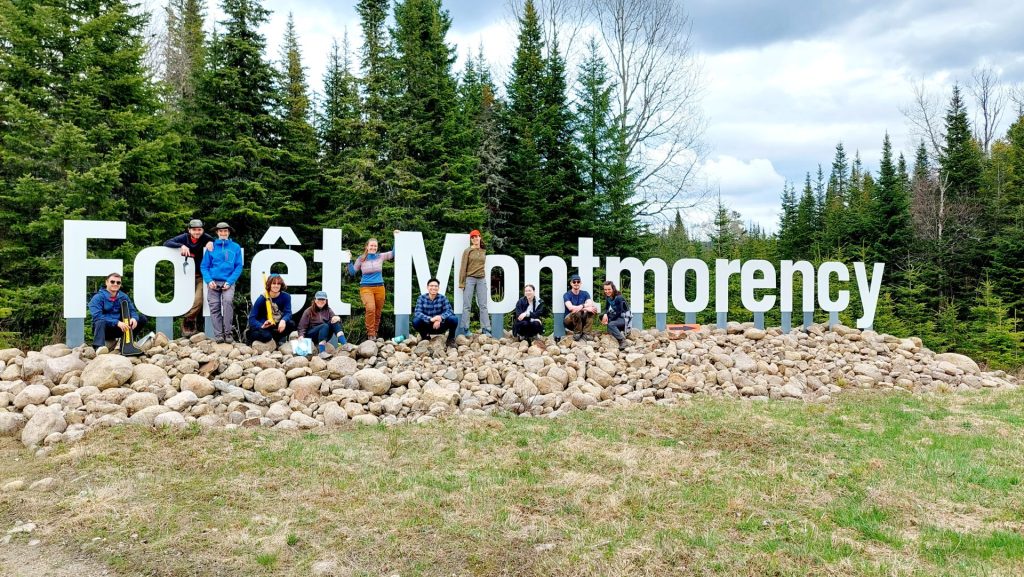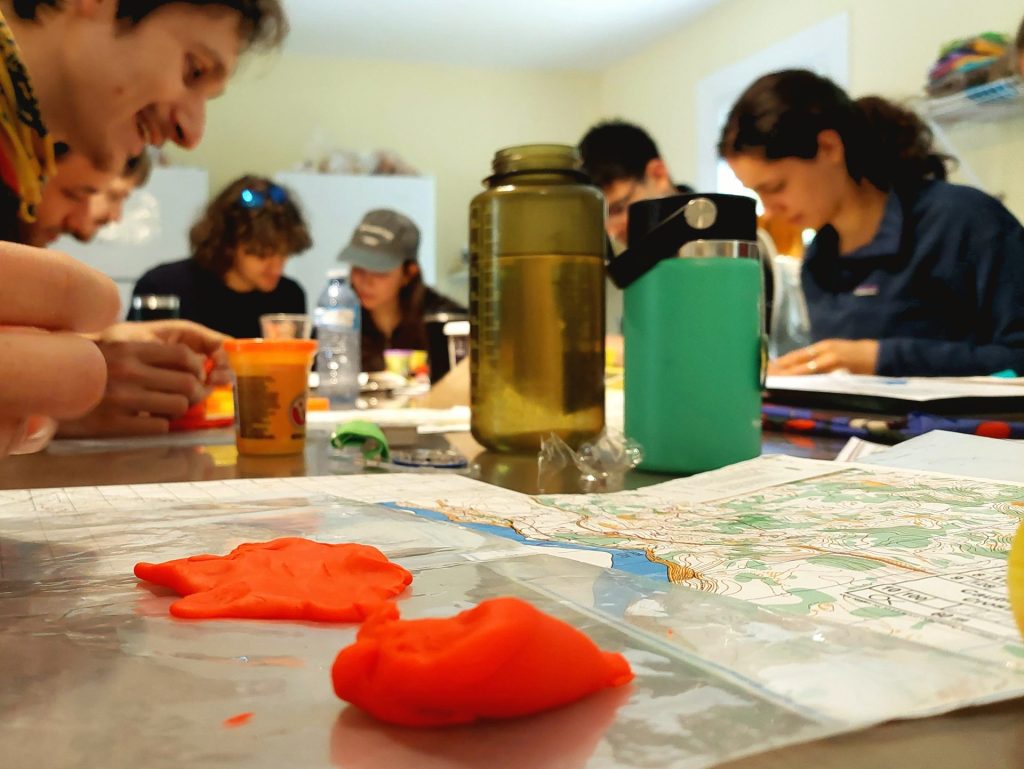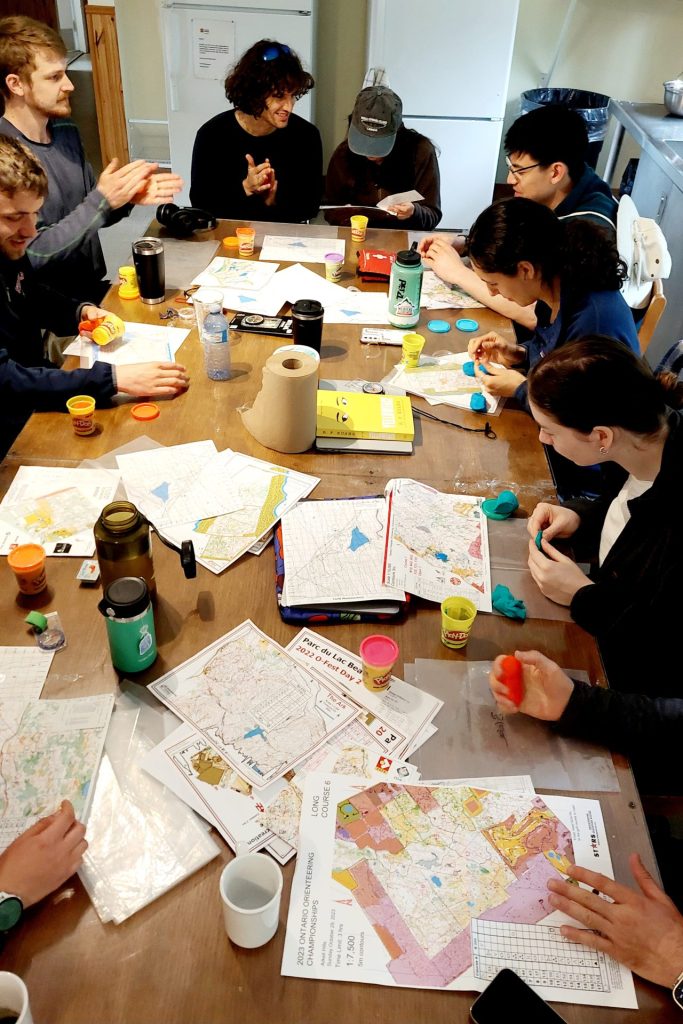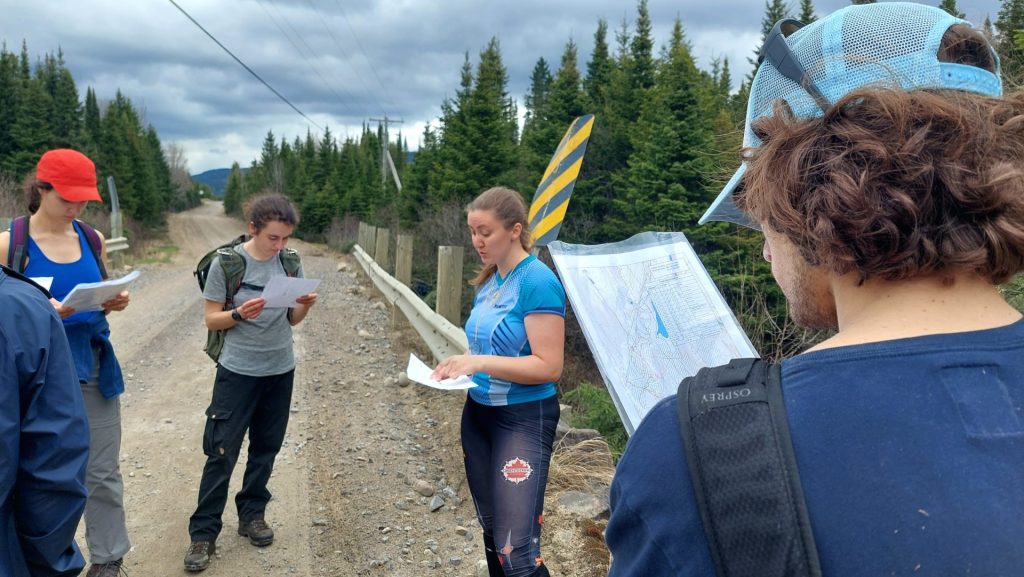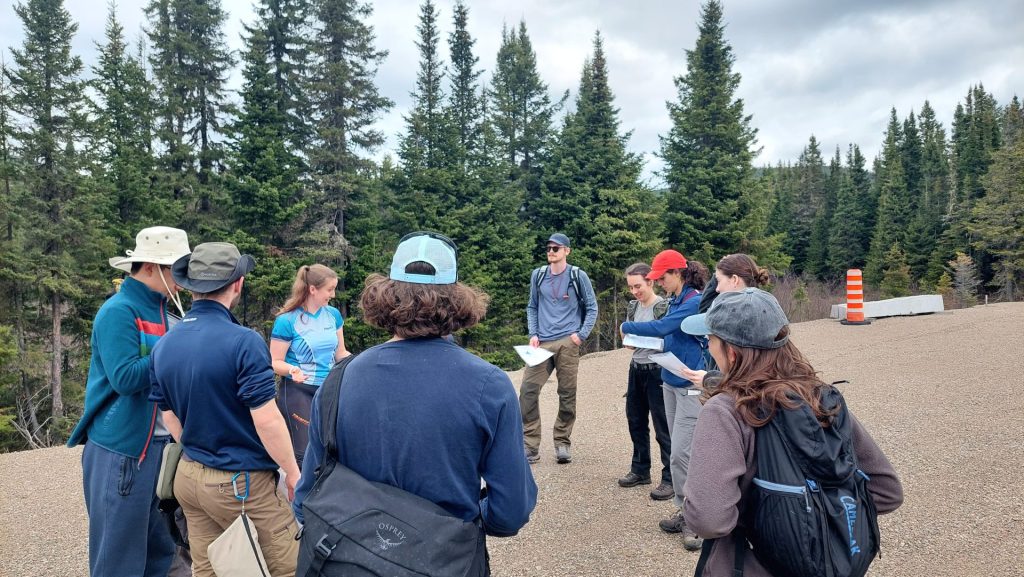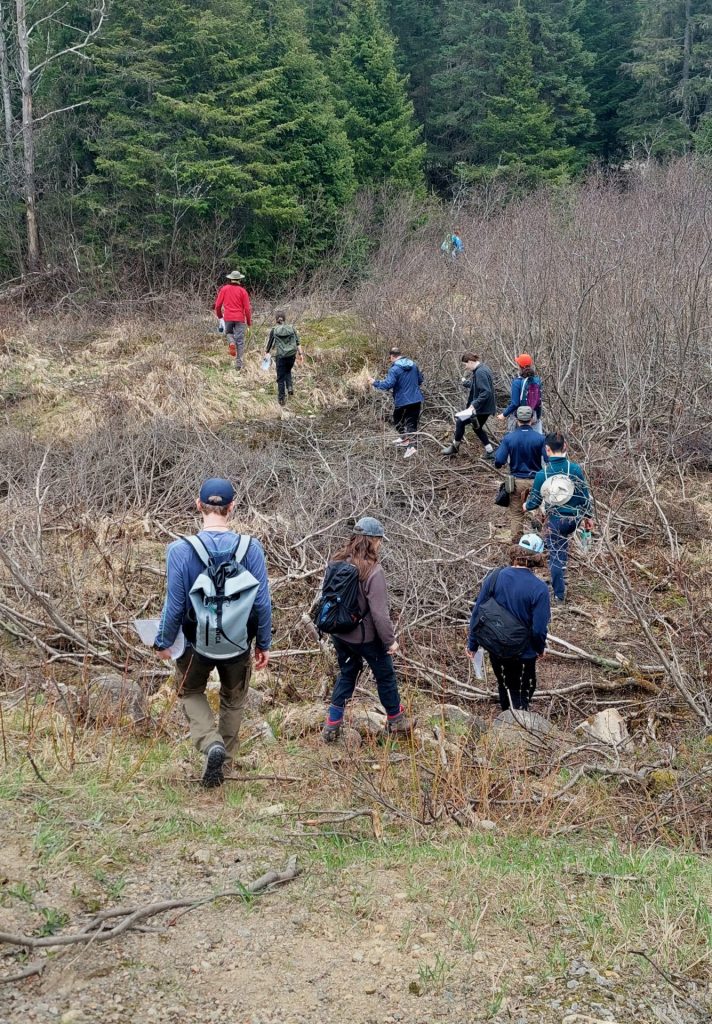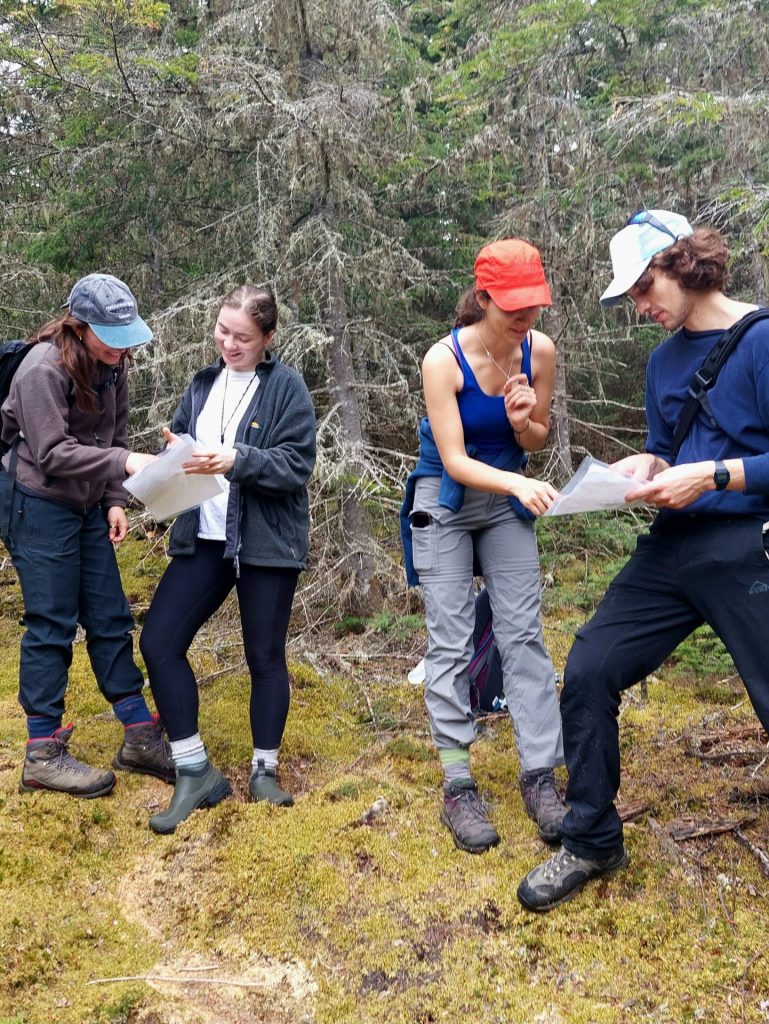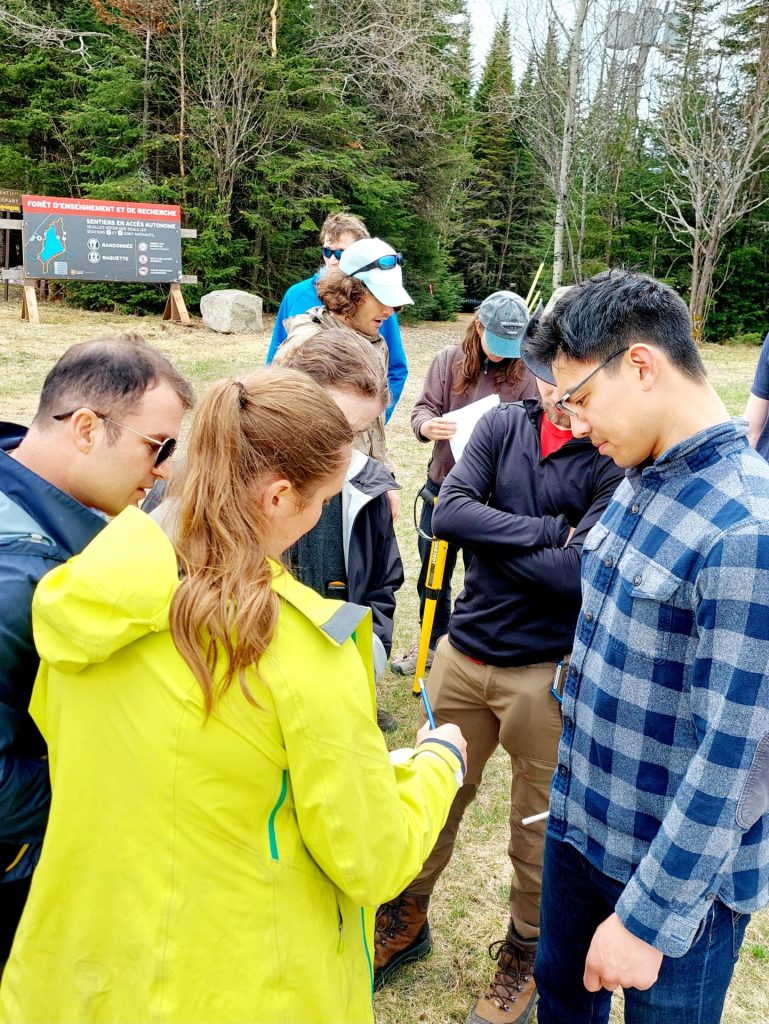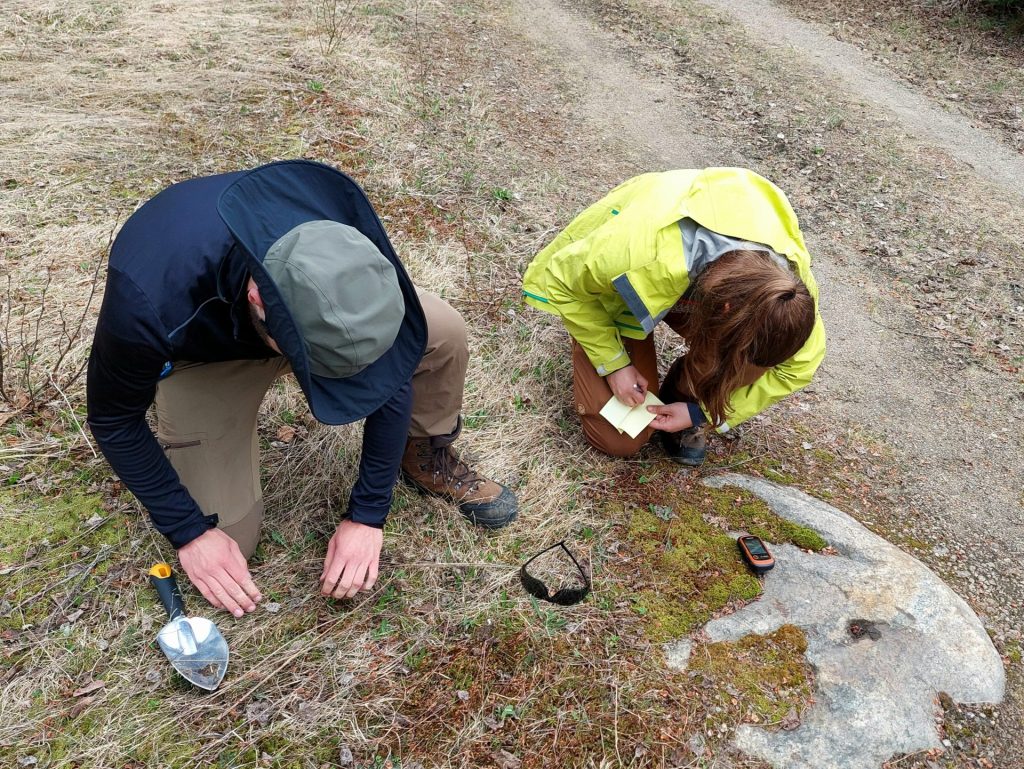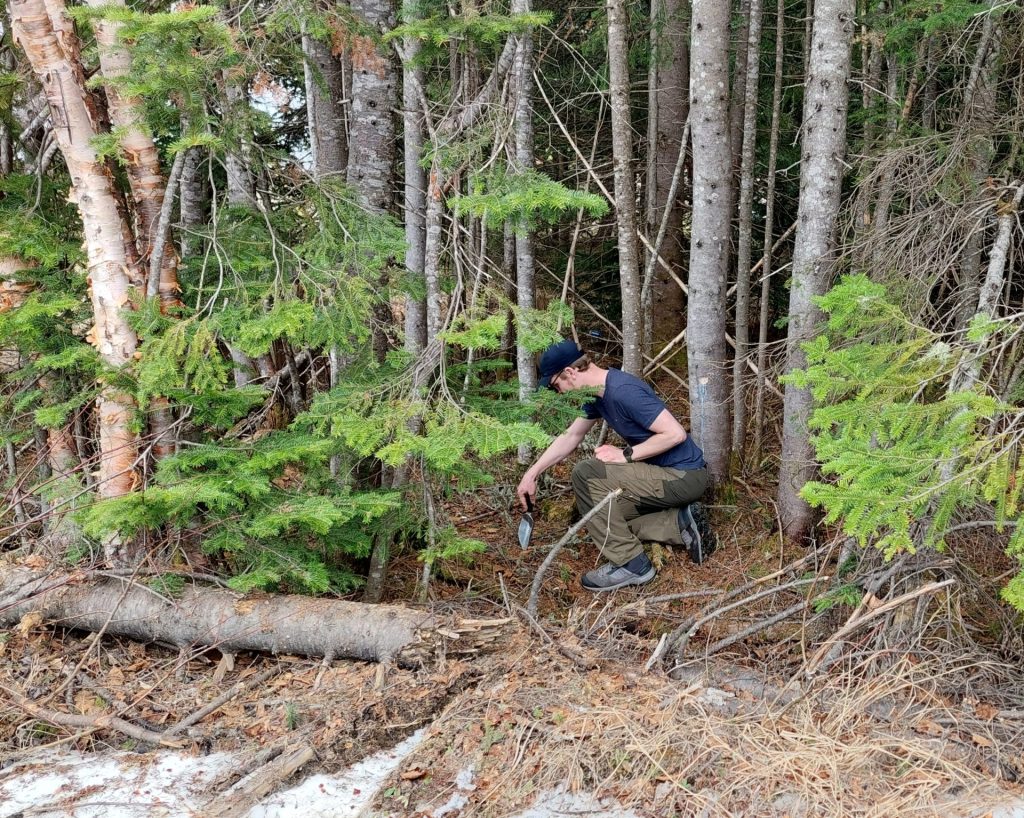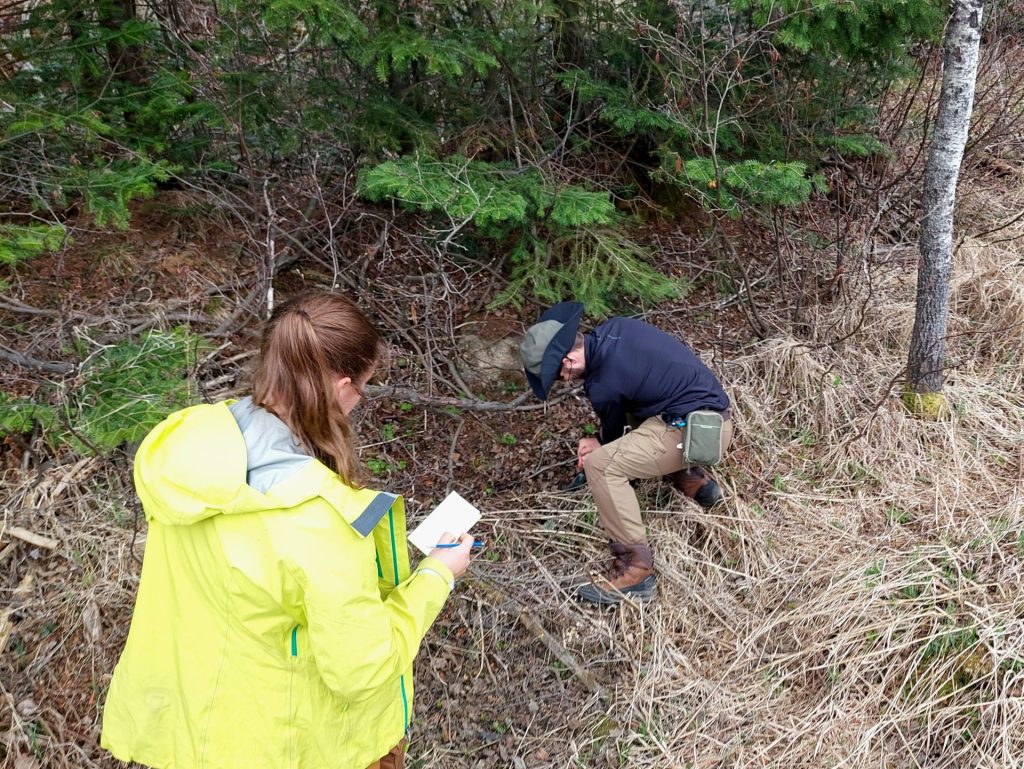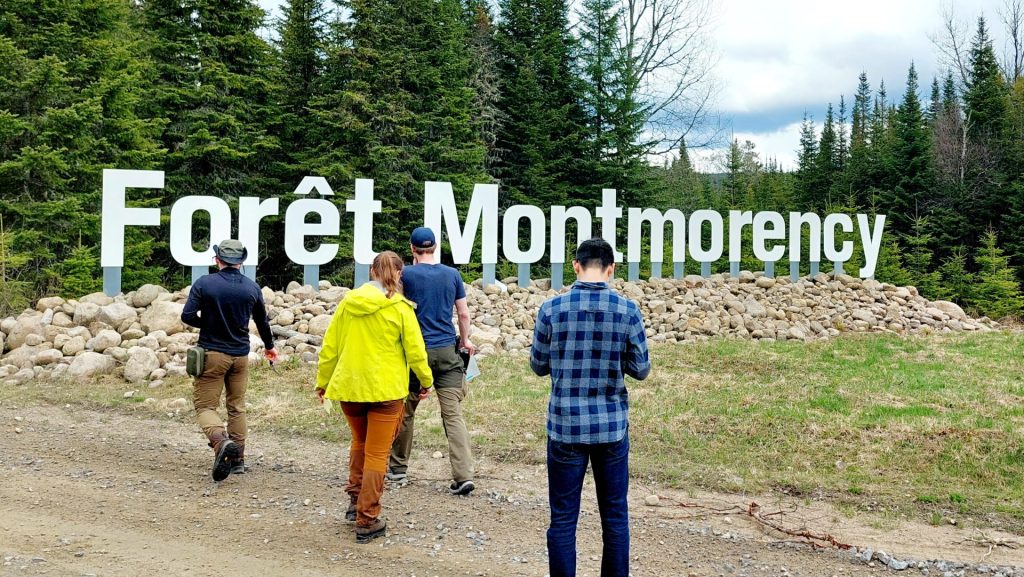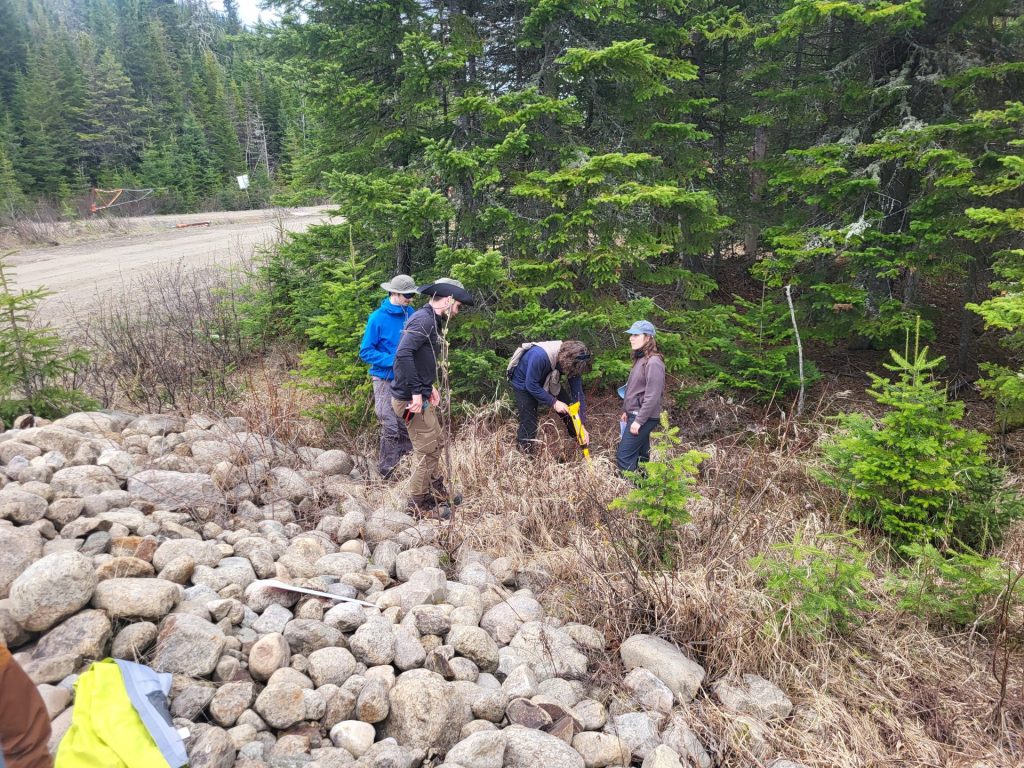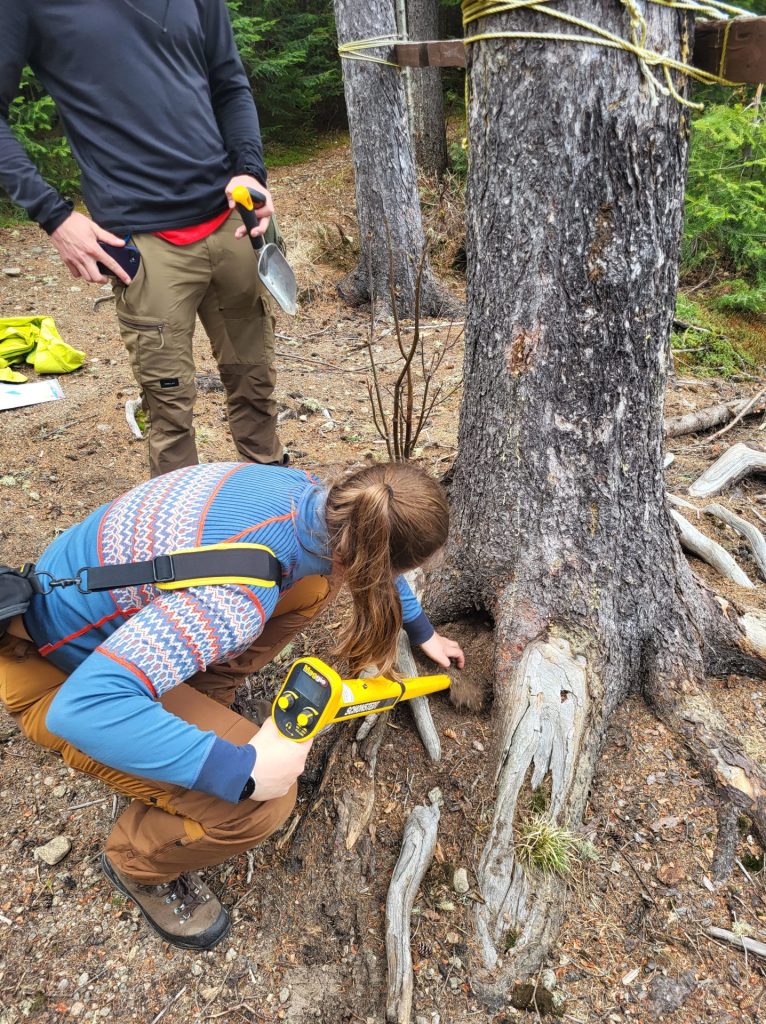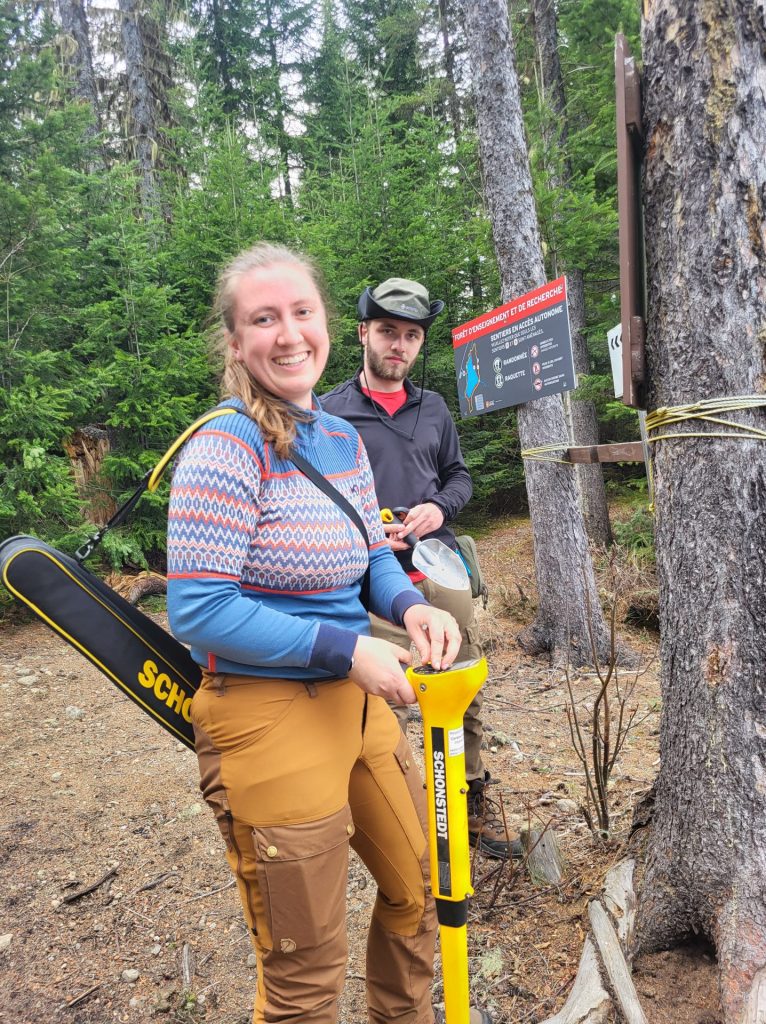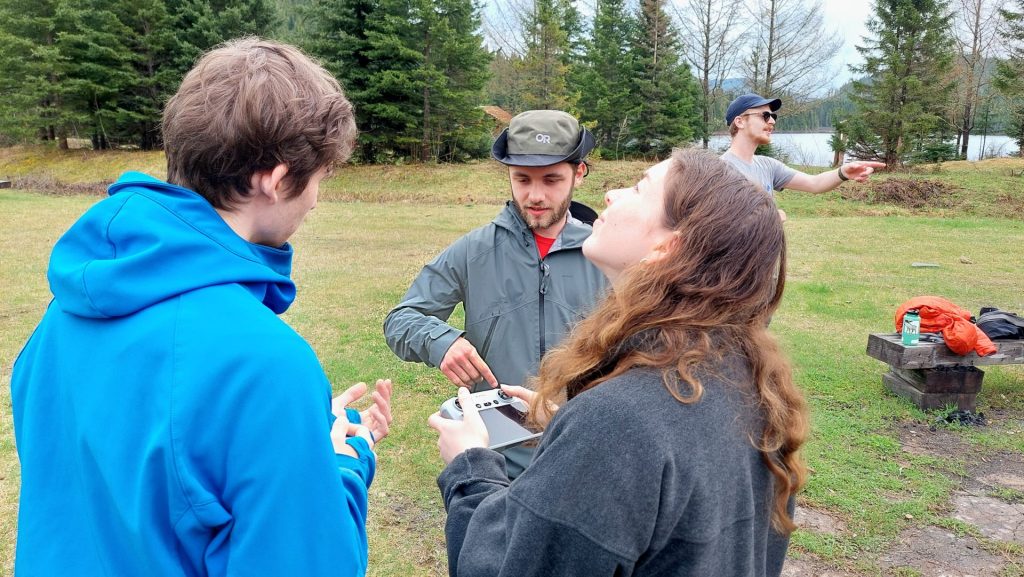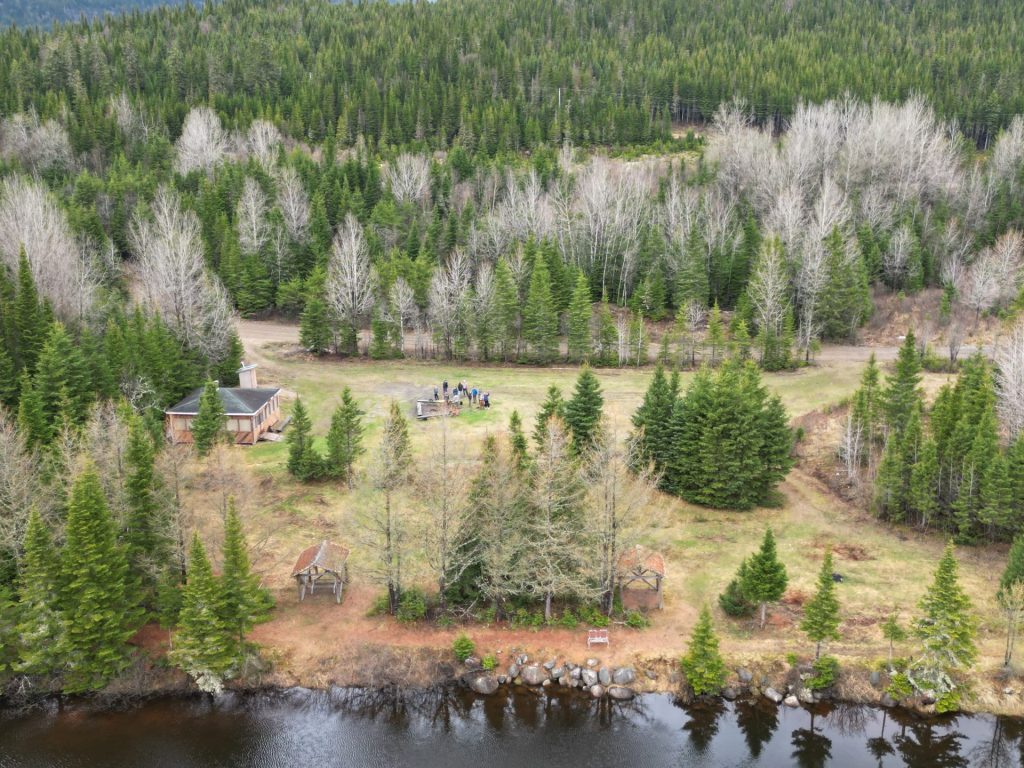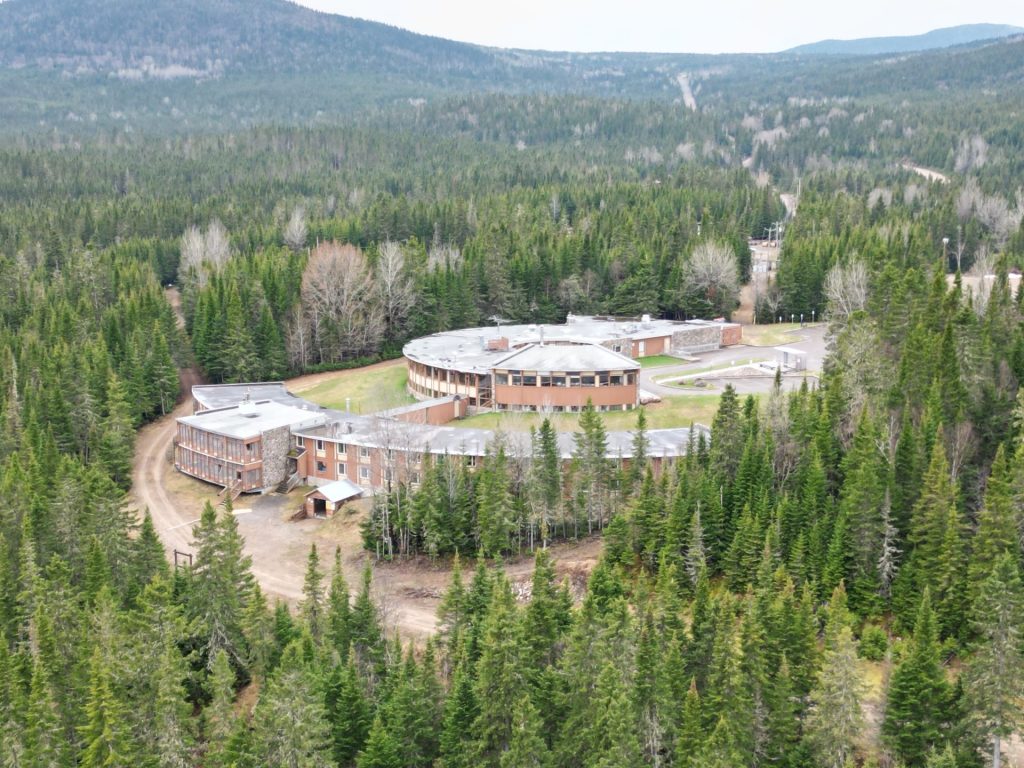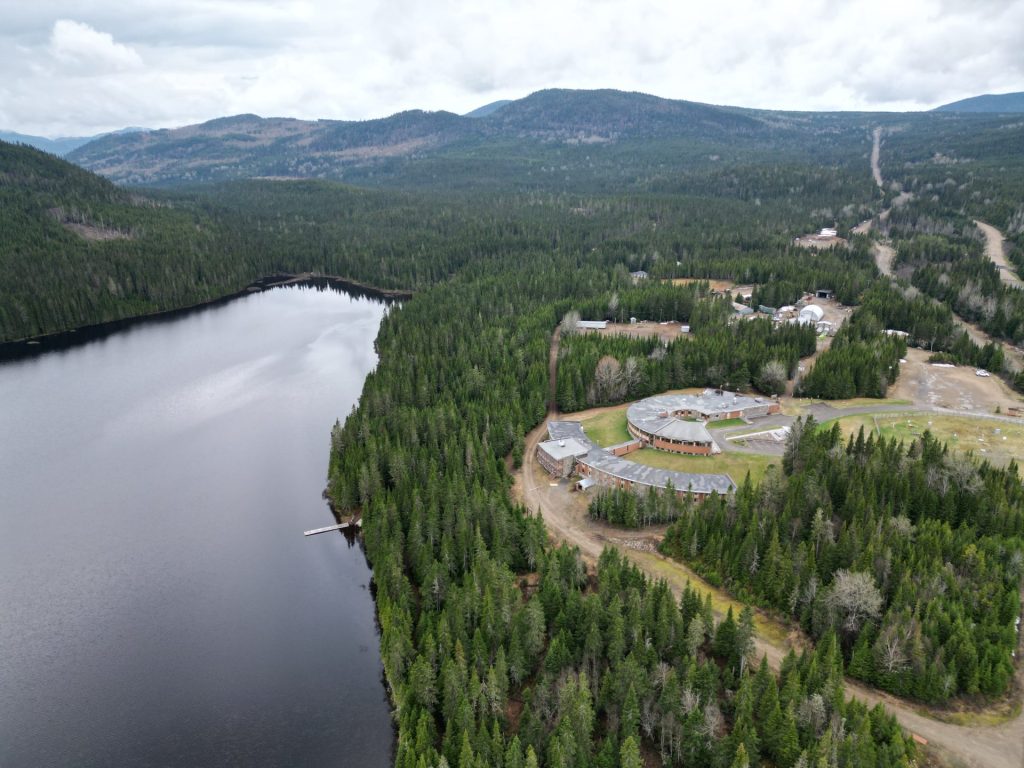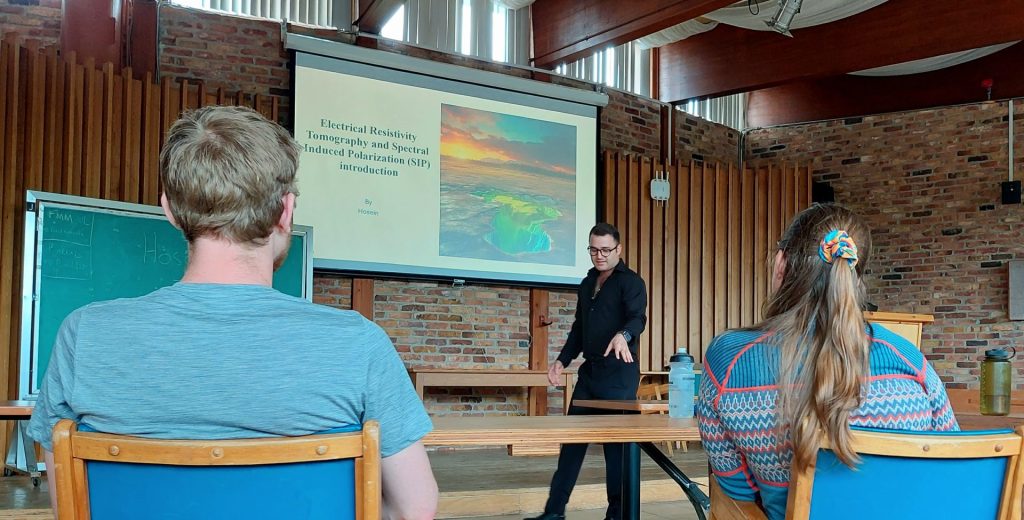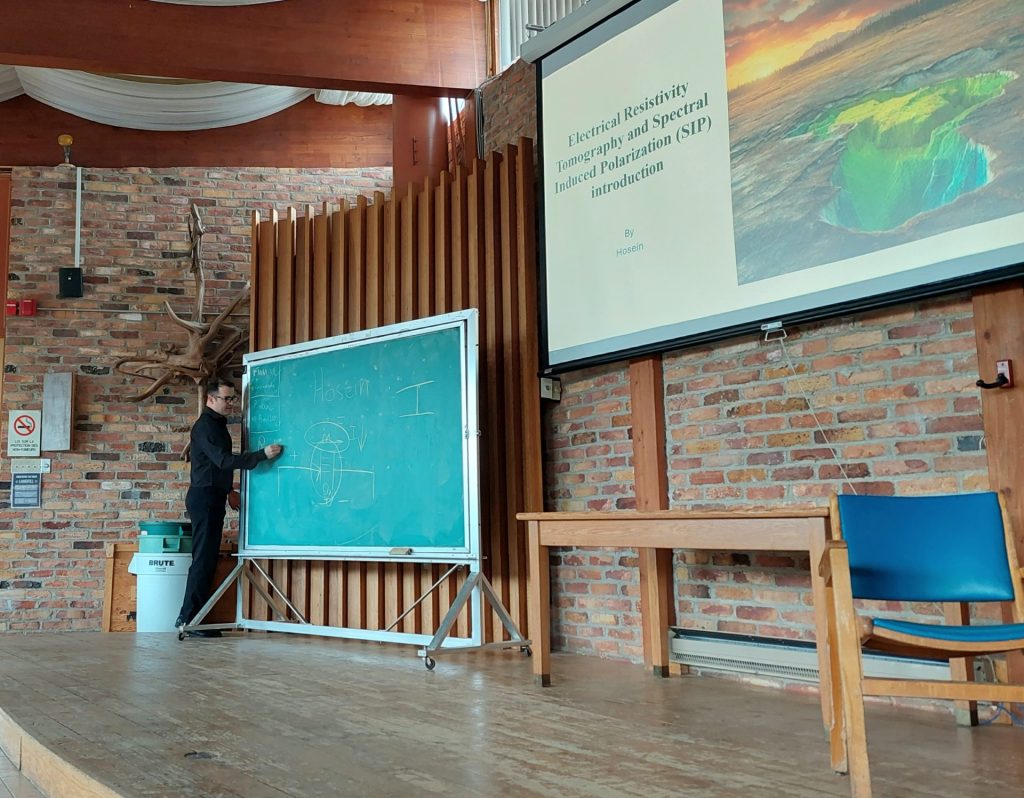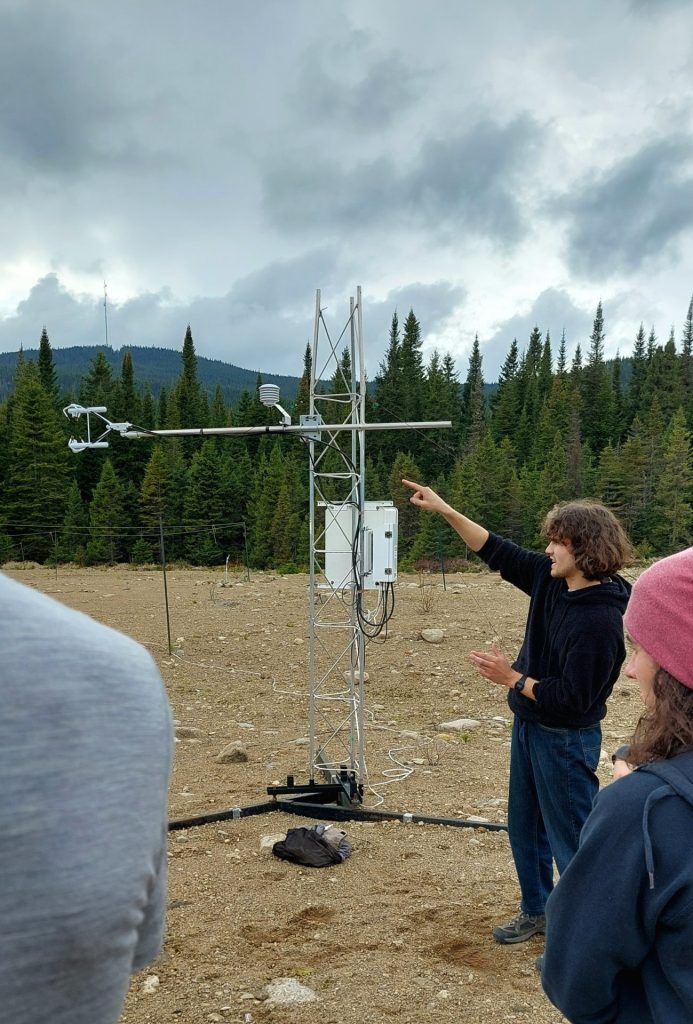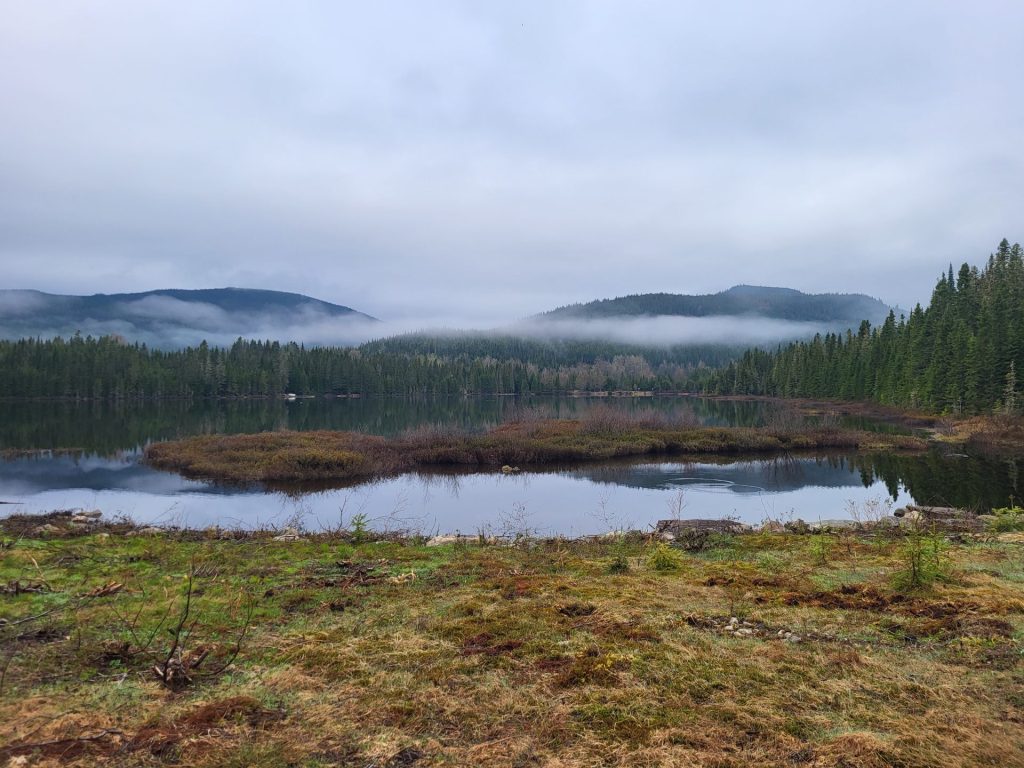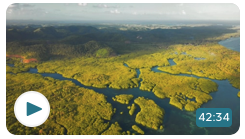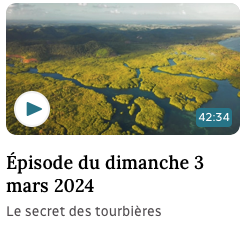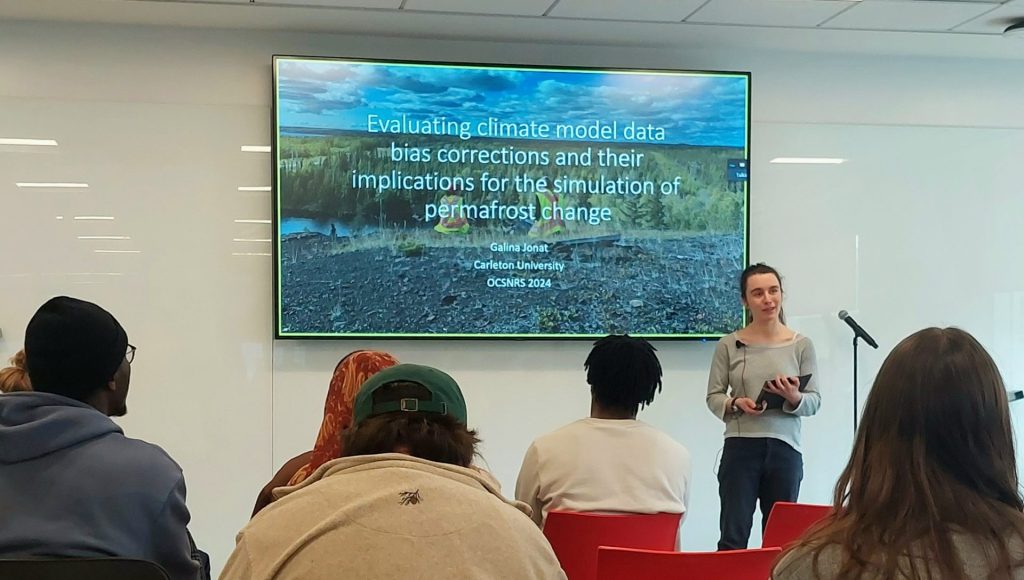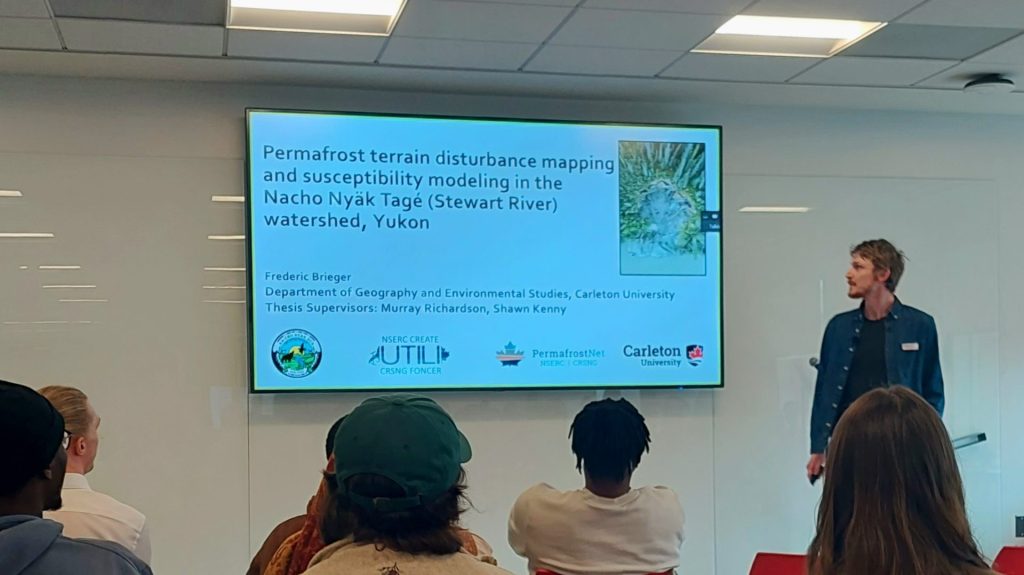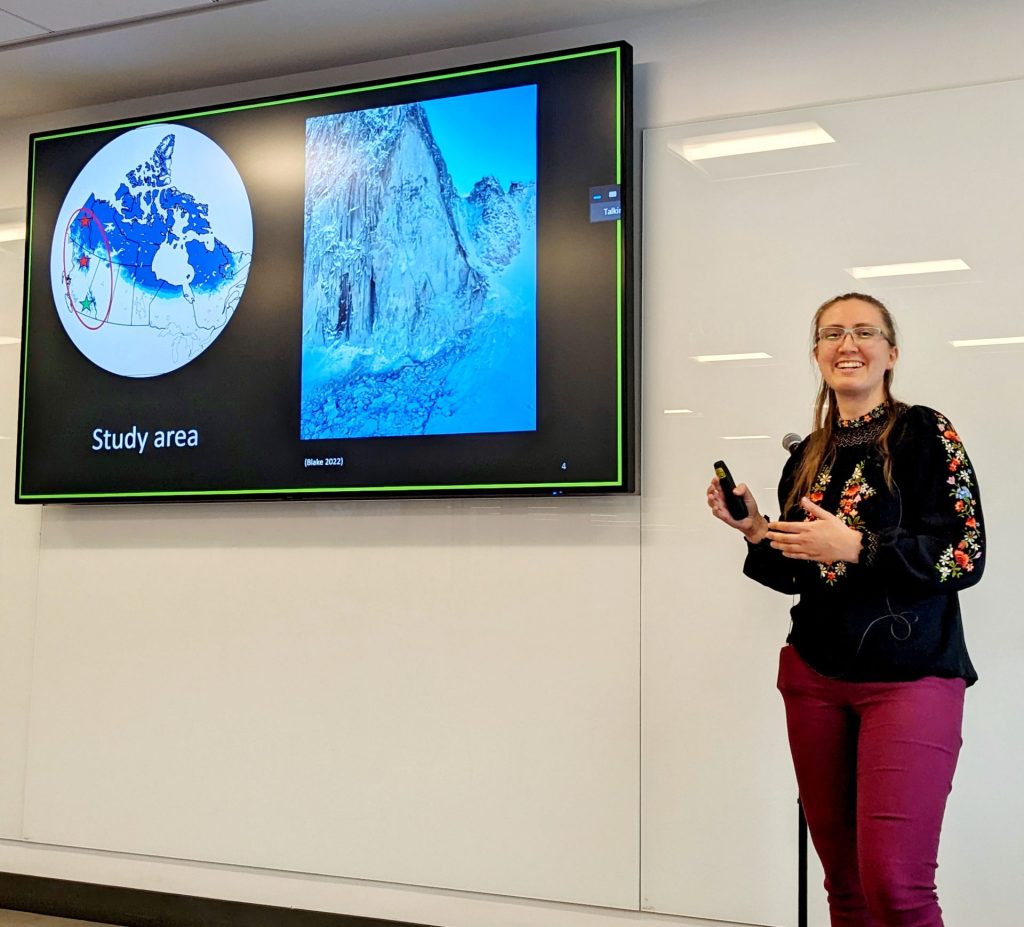78th Annual CGS Conference & 9th Canadian Permafrost Conference
September 21 – 24, 2025
This Fall NSERC PermafrostNet attended GeoManitoba2025 at the RBC Convention Centre in Winnipeg, with an exhibitor booth, presentations and the launch of the Network Research Summaries.
The conference started on Monday with Canadian Permafrost Association case studies featuring a “Preliminary Assessment of the Flood Risk Potential Along the Hudson Bay Railway with Consideration of Climate Change Effects” by Adeleh Zafranchi Zadeh Moqadam, followed in the afternoon by Scientific Director, Stephan Gruber, talking about “Permafrost simulations can more effectively support adaptation decisions when they are contextualized, localized, reliable, and informed by uncertainty analyses“.
The afternoon also featured the culmination of the network’s Theme 5 with a panel session “Experiences in adapting to permafrost change.” featuring former network student Astrid Schetselaar.
The conference saw the launch of the Glossary of Permafrost Science and Engineering at a special lunch on Tuesday the 23rd of September.
The Tuesday afternoon highlights were the talks in the Geomorphology section by network members, Tabatha Rahman on “Late Holocene ice-wedge development in the Barrens of northern Manitoba“, and Zhina Rezvani’s research into the “Effect of the peat layer on the ground thermal regime along the Hudson Bay Railway“.
